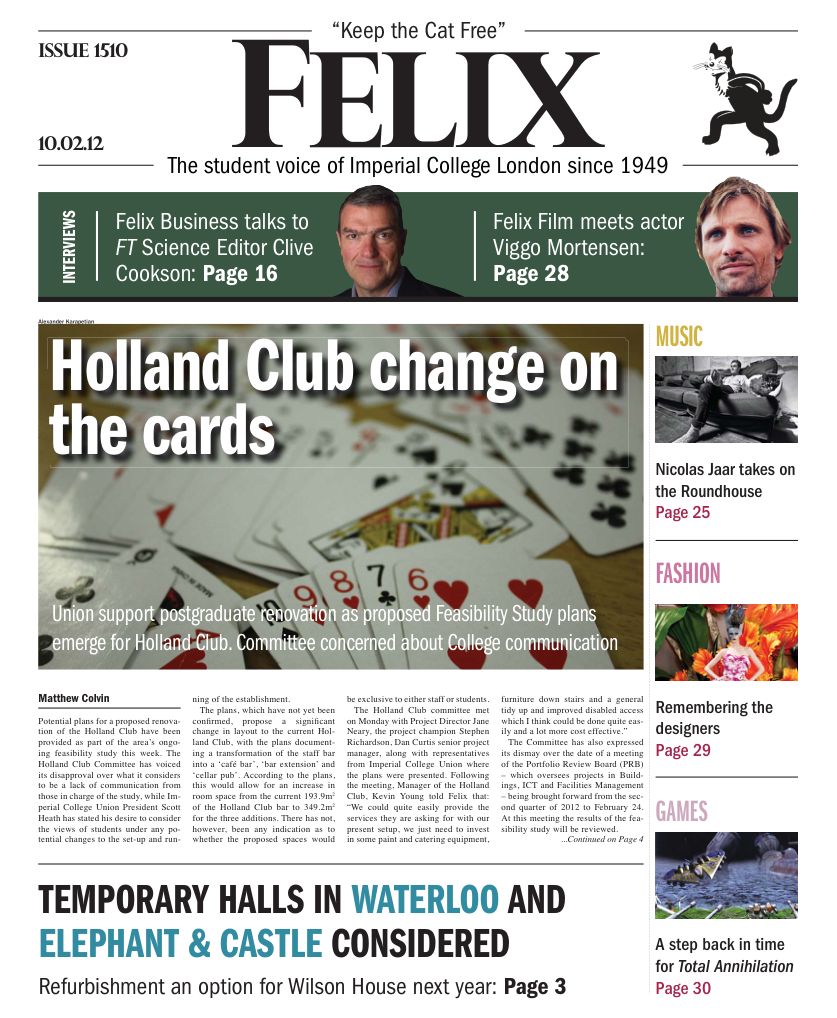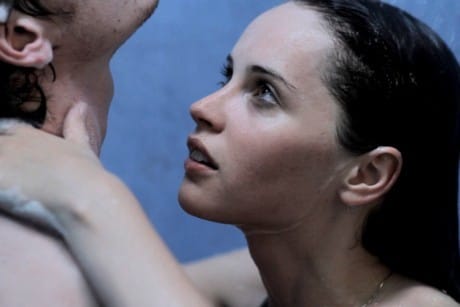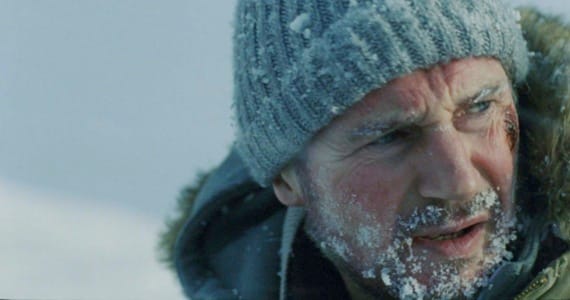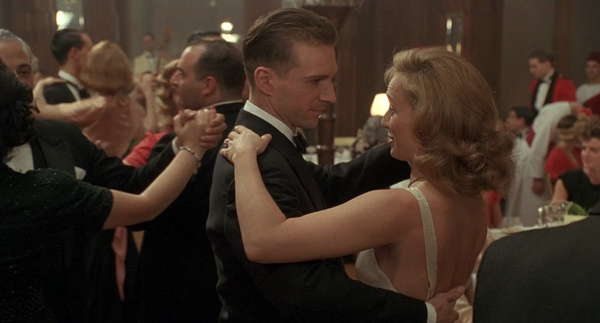Witness the birth of psychoanalysis
An intense film, albeit visually conservative
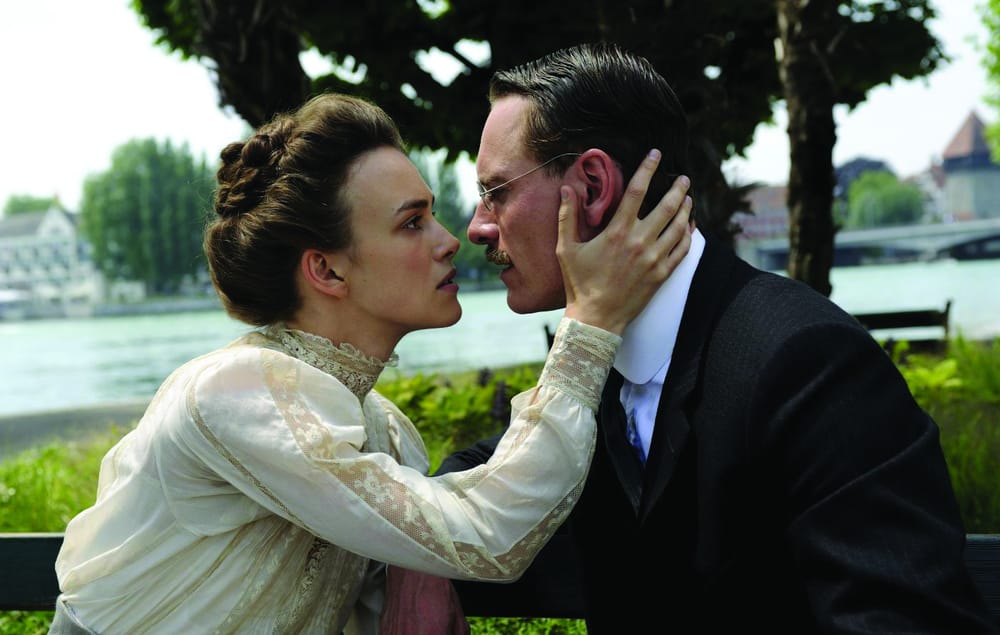
A Dangerous Method
Director David Cronenberg Screenwriters Christopher Hampton (play), John Kerr (novel) Cast Viggo Mortensen, Michael Fassbender, Keira Knightley
A bit of an intense film, this one – a very starkly constructed look at a few strained relationships, most notably that of Carl Jung and Sigmund Freud. Having enrolled a few big names in Fassbender, Mortensen and Knightley, Cronenberg does a very good job here, despite this film not being his usual cup of tea (his previous works include Crash and A History of Violence). A Dangerous Method is a clear, clever account of the overwrought relationships between top Swiss psychiatrist Carl Jung (Fassbender) and his patient – and later lover – Sabina Spielrein (Knightley) and Jung and his better-known Austrian colleague Sigmund Freud (Mortensen). The script is very carefully written by Christopher Hampton (Atonement, Cheri) based on his critically-acclaimed 2002 play The Talking Cure, and this combined with Cronenberg’s plain, understated filming makes for a very interesting movie.
The story is told over a short timeline from 1904 to 1913 – the period in his life when Jung seems to develop most as a professional psychiatrist. Though settled with his wife and children in Zurich, he takes on the unsettling case of a young, beautiful, disturbed Russian, Sabina Spielrein. Though highly intelligent, Spielrein is haunted by a troubled family past, and there is a strong suggested link between this uneasy history and her subsequent distress, and her sexual needs and preferences; she has a desperate desire for sado-masochistic sex, and has done from an early age. Around the same time, Jung strikes up an intellectual relationship with Freud, who is practicing in Vienna. Although the two men share some ideas, they differ greatly in some aspects, causing clashes over cigars and brandy. Alongside this turbulent friendship, Jung’s relationship with Spielrein crosses a very dangerous line as the boundary between patient and doctor crumbles.
As a good introduction to Freud and Jung’s ideas and their psychoanalytic revolution, the film makes for very good viewing. Knightley’s creepy portrayal of her character’s wild hysteria and maniacal moments is very convincing - “I should be put away forever,” she spits – and as Spielrein begins to recover and develop, so does Knightley’s performance – culminating in a very complex character who is displayed beautifully; a far cry from the film’s opening scene of her kicking and screaming as she is forcibly carried into a mental hospital. The majority of the scenes between Fassbender and Mortensen are information-heavy and very rigorous – and by that I also mean a little bit wordy – but they add a few good pieces of meat to the film’s occasionally rattling bones. Vincent Cassel’s somewhat brief (somewhat unnecessary) appearance as the psychiatrist Otto Gross is clever, with Gross acting as the devil whispering in Jung’s left ear, encouraging him to let his instincts have control and resulting in Jung starting up a sado-masochistic affair with Spielrein (cue nipples on display and excessive spanking).
It cannot be denied that this is a conservative experience, visually, although it doesn’t suffer from the stuffiness of historical reconstruction that can so often occur, especially when so much of the drama is filmed inside. It has to be noted that the actors all speak in fluent English with varying European accents, which was really quite annoying, even if Knightley’s attempt at a Russian accent was quite impressive. The strength of the film, and of Hampton’s script, lies in the fact that the film’s two main stories, Jung’s friendship with Freud and his romance with Spielrein, are totally complementary and each cleverly sheds light on the other. By the time the film leaps forward for a final epilogue in 1934, you feel that Cronenberg and Hampton have succeeded in a full and all-too-telling professional and personal portrait of Jung, which has drawn you in to the end.

